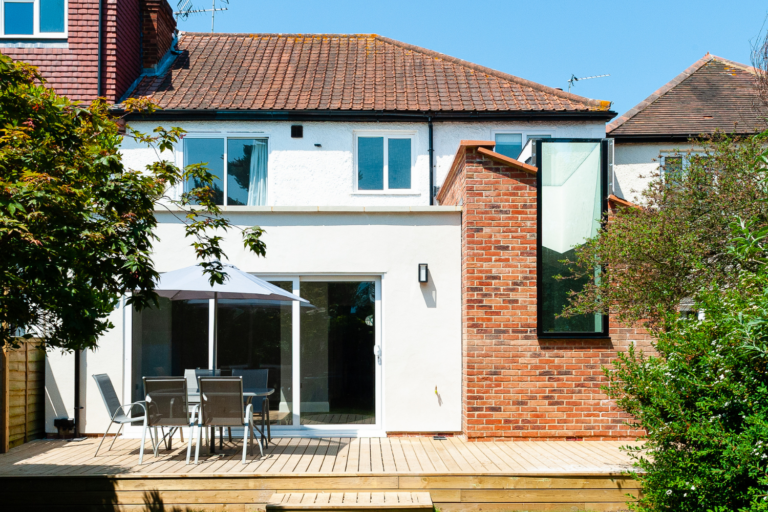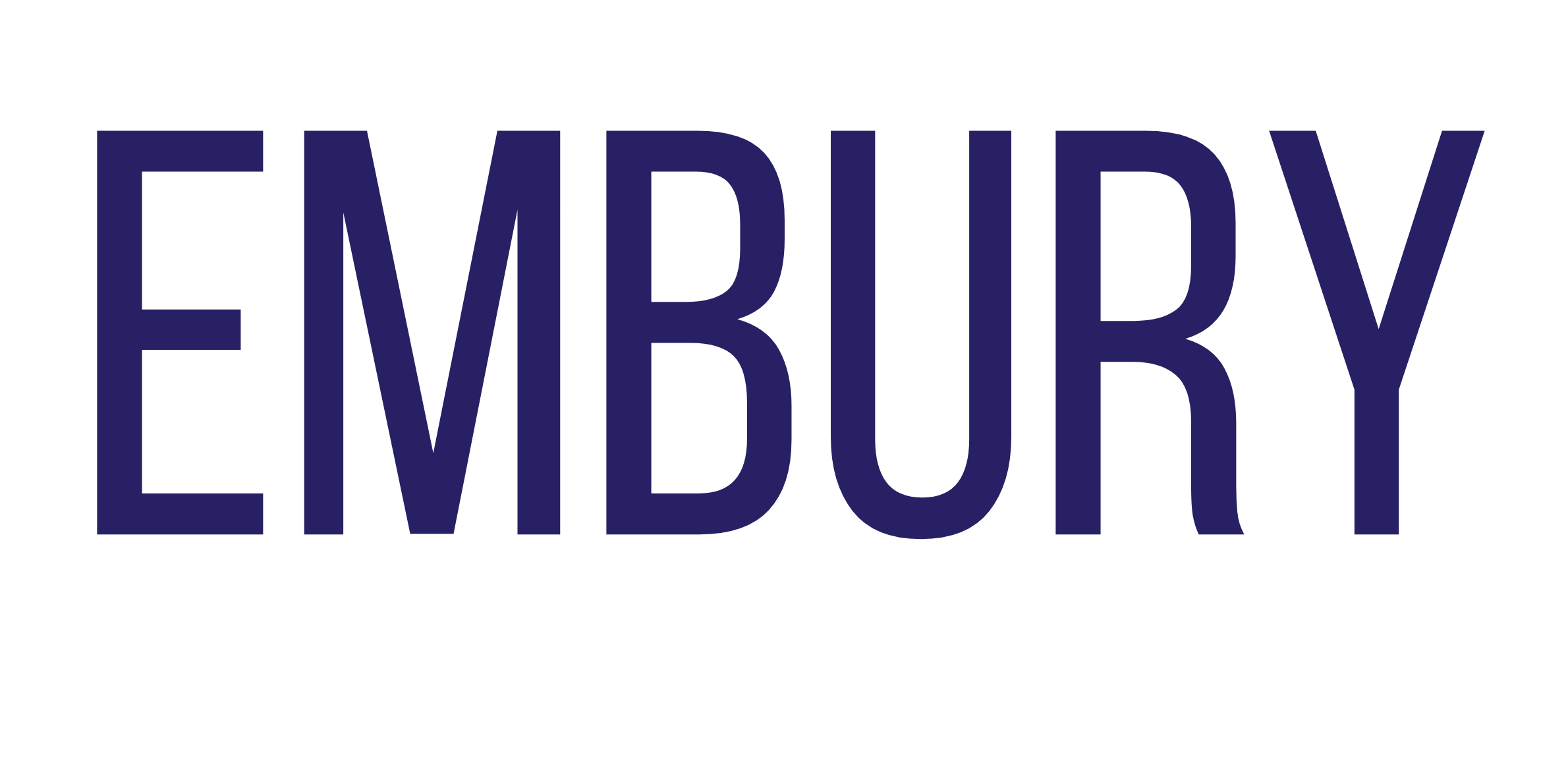
House Extension Costs’ Understanding in 2024: A Comprehensive Guide
Understanding House Extension Costs in 2024: A Comprehensive Guide
As we move into 2024, the demand for house extensions continues to rise, driven by the desire for more space and enhanced living environments. Whether you’re looking to add a new bedroom, extend your kitchen, or create a home office, understanding the costs associated with house extensions is crucial for planning and budgeting. This comprehensive guide will walk you through the factors influencing house extension costs in 2024, provide a breakdown of expenses, and offer tips for managing your budget effectively.
Factors Influencing House Extension Costs
1. Type of Extension
The type of extension you choose significantly impacts the overall cost. Common types include:
- Single-Storey Extensions: These are often used to extend kitchens, living rooms, or add new rooms on the ground floor. Costs typically range from £1,200 to £2,500 per square meter.
- Double-Storey Extensions: Adding space on both the ground and first floors can be more expensive but offers greater potential. Expect costs to be between £1,500 and £3,000 per square meter.
- Loft Conversions: Transforming your loft into usable space can be a cost-effective way to add rooms. Costs generally range from £1,500 to £3,000 per square meter, depending on complexity.
- Basement Conversions: These can be more costly due to excavation and structural work, with costs ranging from £2,500 to £5,000 per square meter.
2. Design and Complexity
The complexity of the design affects costs. Simple extensions with minimal structural changes are less expensive than complex designs requiring significant alterations to the existing structure. Features such as large glass windows, bespoke fittings, or high-end finishes can increase costs.
3. Location
Location plays a significant role in extension costs. Building in urban areas or locations with high property values often incurs higher costs due to higher labor rates and material costs. Additionally, local regulations and planning permissions may impact the overall expense.
4. Material Choices
The choice of materials affects both the cost and the quality of the extension. High-quality materials and finishes will increase the overall cost but can add significant value to your home. Common materials include brick, timber, steel, and glass, each with varying costs.
5. Labor and Professional Fees
Labor costs depend on the complexity of the project and the local rates of builders and contractors. Additionally, professional fees for architects, structural engineers, and surveyors should be factored into your budget. These fees can range from 5% to 15% of the total project cost.
6. Planning and Permits
Obtaining planning permission and complying with building regulations can add to the cost. While some extensions fall under permitted development, others require formal planning applications, which may involve additional fees and delays.
Breakdown of House Extension Costs
Here’s a detailed breakdown to help you understand typical costs for various elements of a house extension project:
1. Planning and Design Fees
- Architect Fees: £500 – £2,500 (depending on the complexity of the design)
- Structural Engineer Fees: £500 – £1,500
- Planning Application Fees: £206 – £462 (standard application fees in the UK)
2. Construction Costs
- Single-Storey Extension: £1,200 – £2,500 per square meter
- Double-Storey Extension: £1,500 – £3,000 per square meter
- Loft Conversion: £1,500 – £3,000 per square meter
- Basement Conversion: £2,500 – £5,000 per square meter
3. Interior and Finishing Costs
- Basic Finishes (e.g., plastering, painting): £50 – £150 per square meter
- High-End Finishes (e.g., bespoke kitchens, premium flooring): £200 – £500 per square meter
4. Additional Costs
- Furniture and Fittings: £2,000 – £10,000 (depending on the quality and quantity)
- Landscaping: £1,000 – £5,000 (for garden and external improvements)
Tips for Managing Your House Extension Budget
1. Plan Thoroughly
Before starting your project, create a detailed plan and budget. Consider all aspects, including design, materials, labor, and additional costs. A clear plan helps avoid unexpected expenses.
2. Get Multiple Quotes
Obtain quotes from several contractors and professionals. Compare prices and services to ensure you get the best value for your money.
3. Set Aside a Contingency Fund
Unexpected issues can arise during construction, so it’s wise to set aside a contingency fund of around 10% to 15% of the total project cost.
4. Choose Materials Wisely
Select materials that fit your budget and long-term goals. While high-end finishes can be tempting, balancing cost and quality is key to staying within budget.
5. Monitor Progress
Regularly check the progress of your extension and communicate with your contractor. Address any concerns promptly to avoid costly delays or changes.
Conclusion
House extensions can significantly enhance your living space and increase the value of your property. Understanding the costs involved and planning effectively are essential for a successful project. By considering factors such as type of extension, design complexity, location, and material choices, you can make informed decisions and manage your budget efficiently.
If you’re planning a house extension in 2024, take the time to research, consult with professionals, and prepare for the financial aspects of the project. With proper planning and management, you can achieve a seamless and cost-effective extension that meets your needs and enhances your home.

